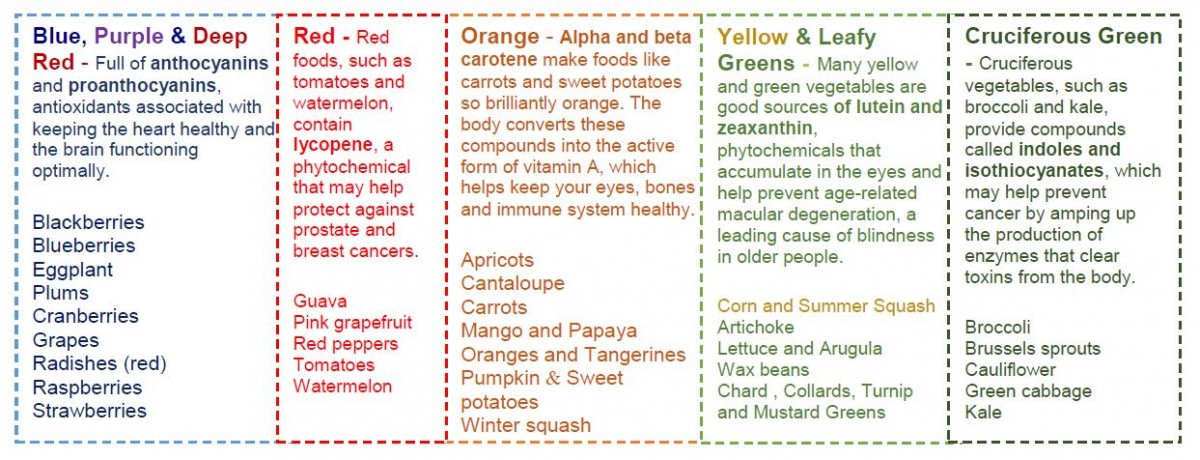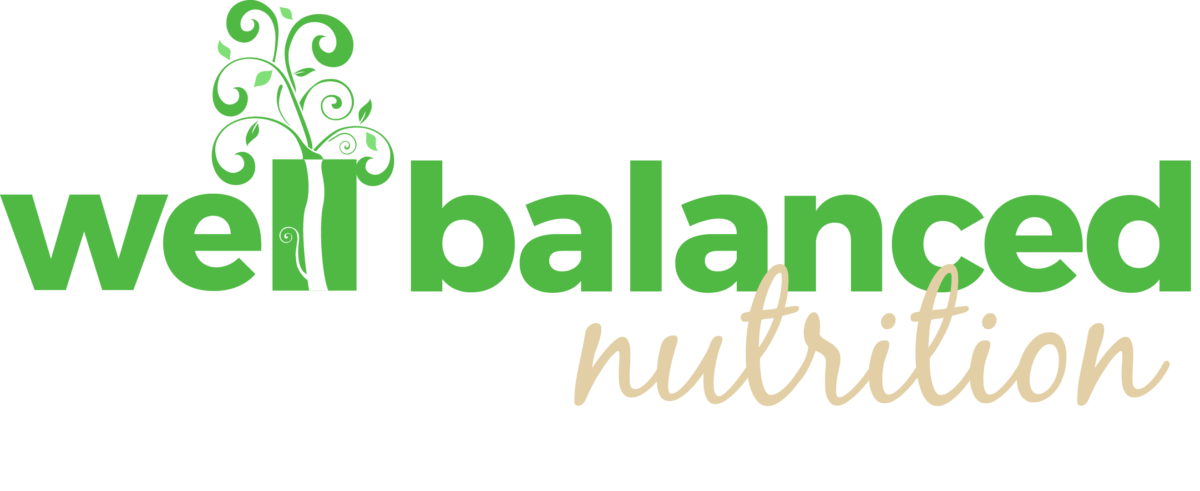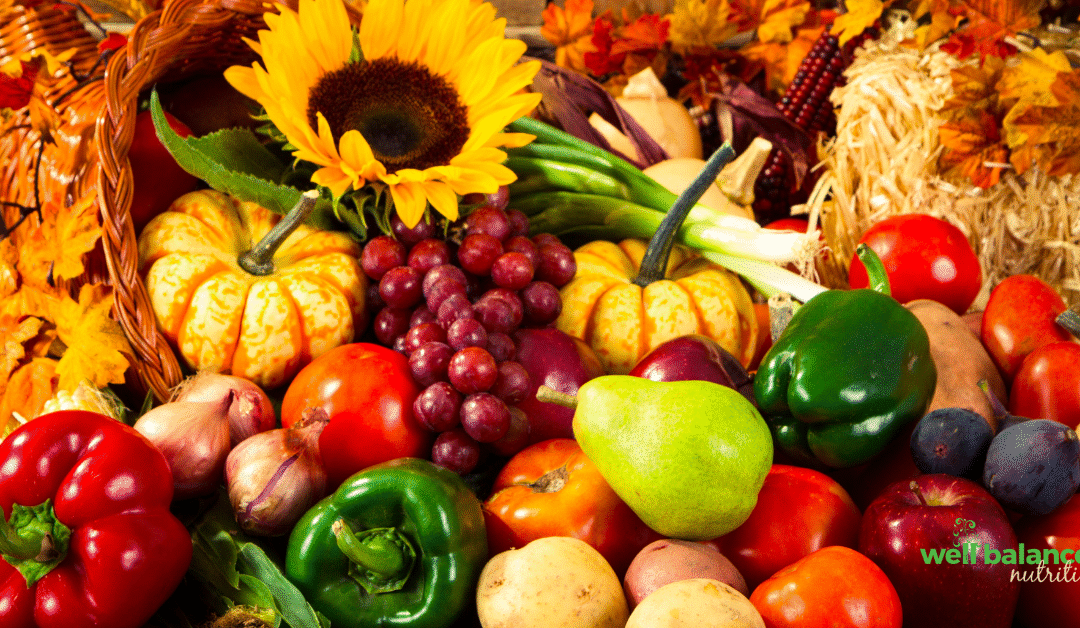 Lucy always says she was put on this earth to spread the good news about fruits and vegetables. I feel the same calling. To us, it’s an important mission because many people often forget or downplay the power of produce. If fruits and vegetables had labels they would boast all kinds of health benefits. If you want to prevent disease, protect your body from cancer, and fight off fatigue then fruits and vegetables are your friends. But because no one can make big bucks off nature’s bounty, there isn’t a multimillion-dollar marketing campaign helping us fall in love with them in their natural form.
Lucy always says she was put on this earth to spread the good news about fruits and vegetables. I feel the same calling. To us, it’s an important mission because many people often forget or downplay the power of produce. If fruits and vegetables had labels they would boast all kinds of health benefits. If you want to prevent disease, protect your body from cancer, and fight off fatigue then fruits and vegetables are your friends. But because no one can make big bucks off nature’s bounty, there isn’t a multimillion-dollar marketing campaign helping us fall in love with them in their natural form.
Even though they don’t get enough publicity, there is no denying that fruits and vegetables can help us THRIVE. And yeah, we know this is not new or sexy advice, and we might even remind you of your mother saying “Eat your vegetables. They’re good for you!” but hear us out. There are 4 things you need to know about fruits and vegetables.
- Well Balanced Eating means half your plate should be full of non-starchy vegetables (and sometimes fruit, too). That means nothing else on your plate should take up more room than your veggies. We love this guideline because it’s much easier to fill half your plate than to get out measuring cups and/or count calories. Hooray for simple rules!
- Many colors = many micronutrients. The more colors you have on your plate the greater variety of benefits you will reap. Although we all know fruits and vegetables contain fiber, vitamins, and minerals, scientists are also discovering thousands of plant super-powers called phytochemicals (like the ones listed below) that provide even more health-boosting benefits.

- Vegetables will volumize your meals. This means you can eat a larger portion of food without consuming excessive calories. By having generous servings of fruits and vegetables in our meals, we can literally fill our bellies to the brim. This is important because when our stomach reaches its compacity, stretch receptors send signals to the brain telling us we feel full. To give you an example, a measly handful of potato chips provides 100 calories, whereas you can eat a bowlful of blueberries for the same amount. It would cost a lot of extra calories to fill our bellies with potato chips than it would if we were to fill up on blueberries.


4. Fruits and veggies can add variety to your diet. If you find yourself eating the same thing over and over, tap into the world of produce to expand your palate. There are countless varieties and types of produce to choose from, so eat “outside the box” and try something new.
I leave you with some color inspiration from one of my favorites, Jamie Oliver.
Want help getting more color on your plate? Click here to start working with Well Balanced Nutrition.




